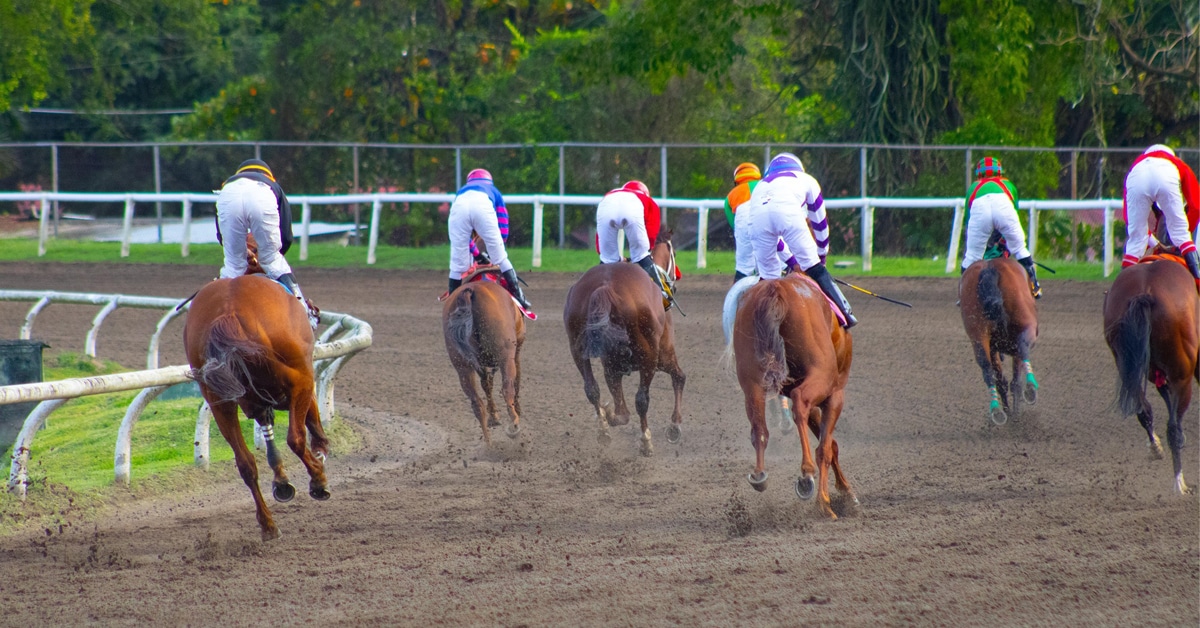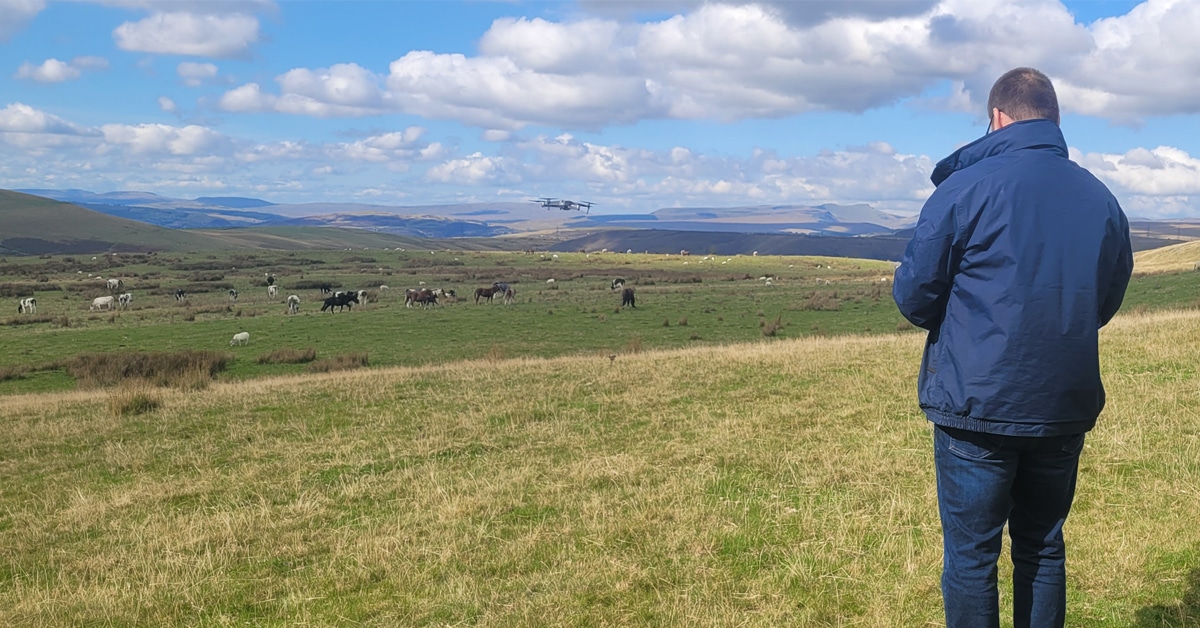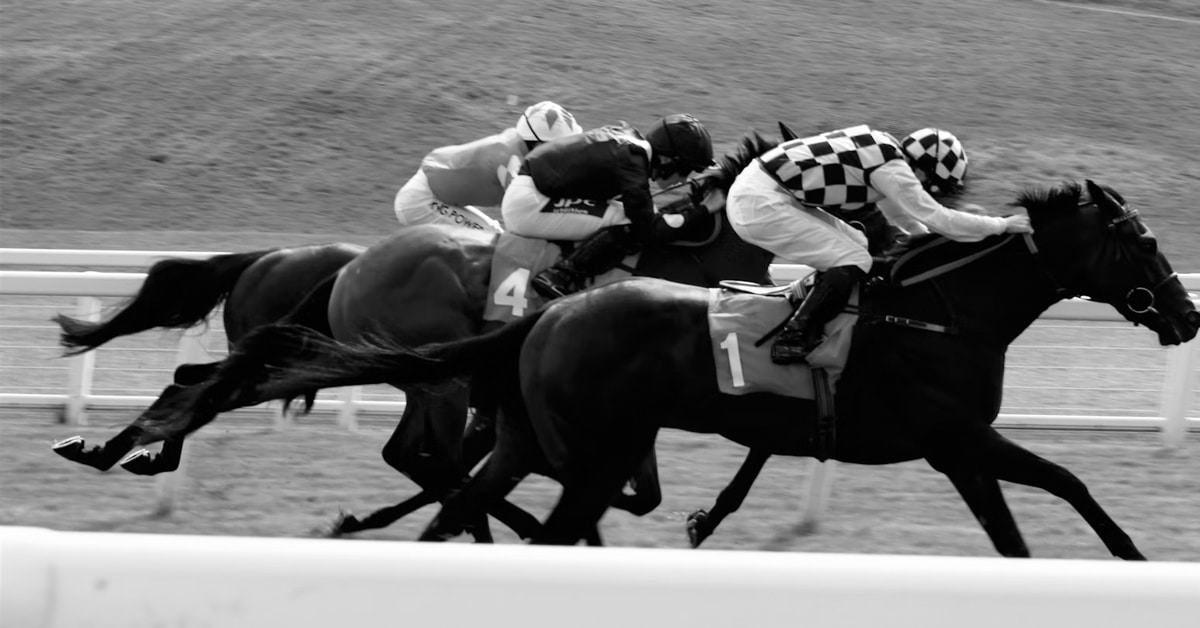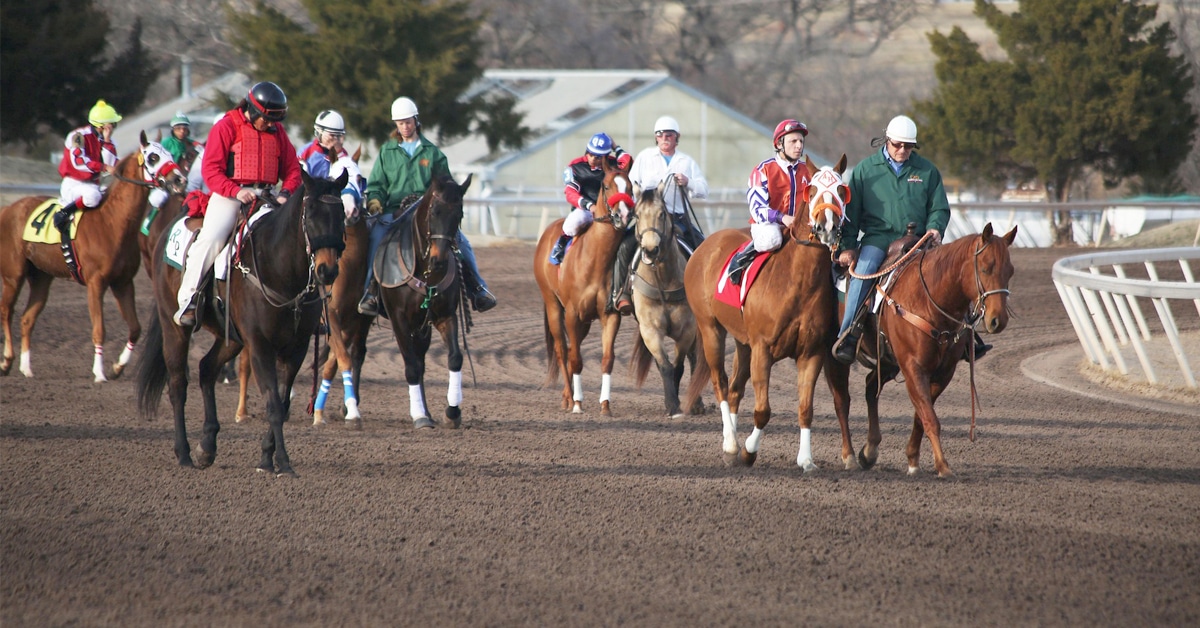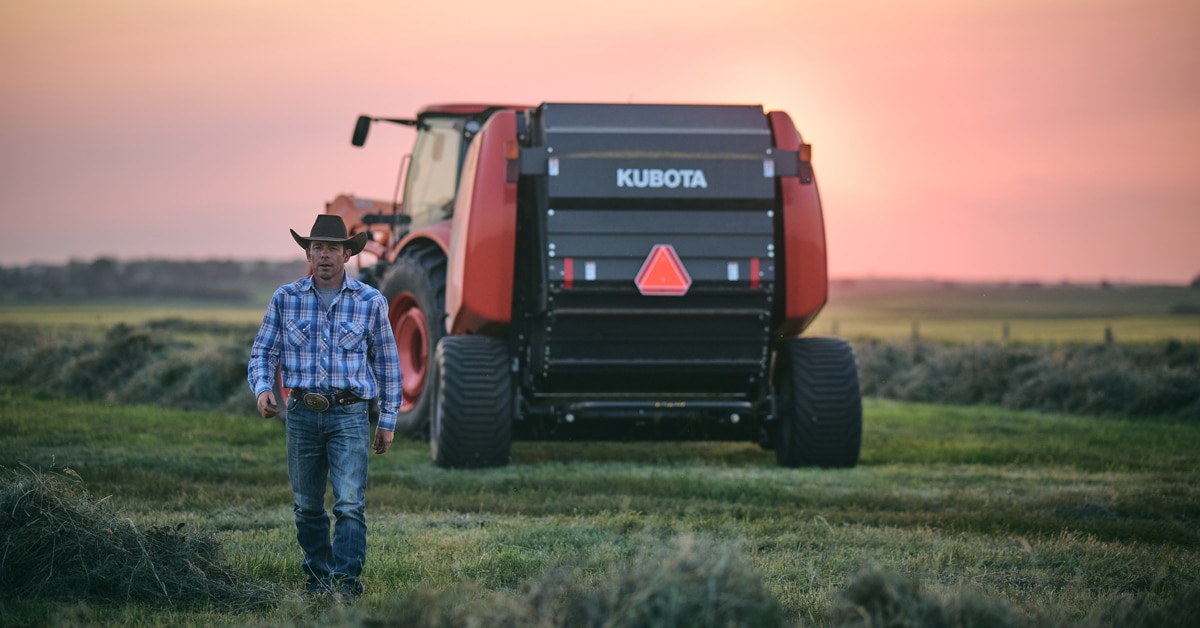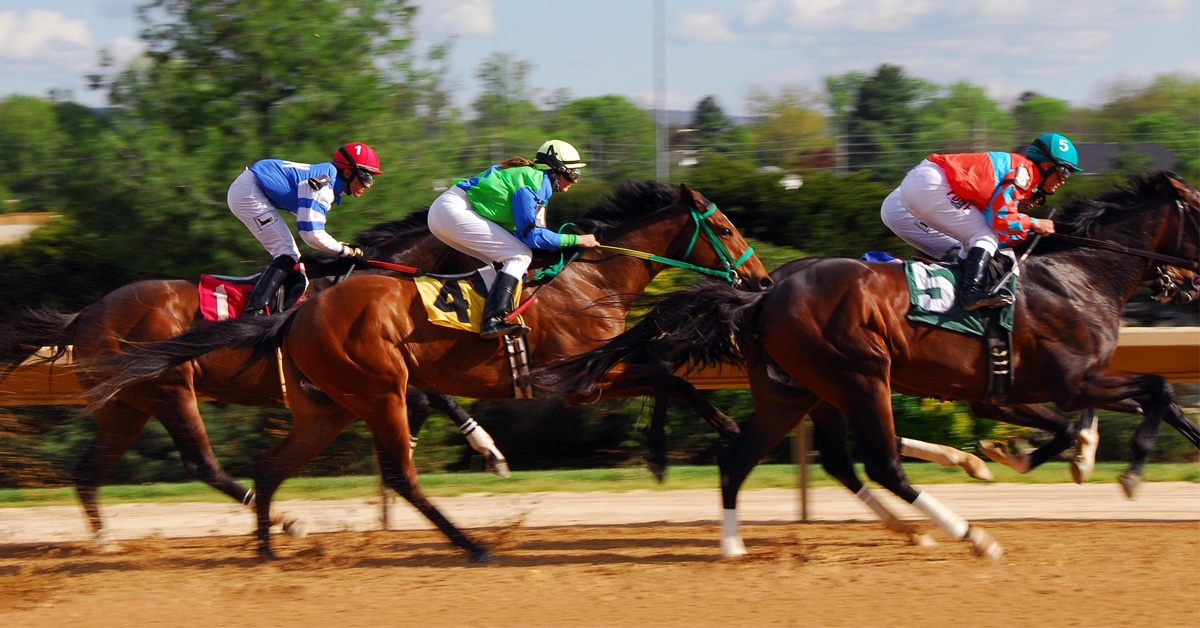In the first article of this series, we introduced the idea of self-carriage, which I define as a mental and physical unity, allowing the horse to use his own body correctly in movement, with little or no human input. We looked at the necessity of the horse being free of anxiety in order for him to release the defensive muscles of the back and activate the relational muscles of the underline, all of which must happen to allow self-carriage to occur. This time, we’re going to look at five simple groundwork exercises to help your horse start developing correct self-carriage, which will not only help him reach his maximum athletic potential, but will also give him the best chance of staying sound and happy throughout his life.
Softness vs Lightness
As a starting point, you must have a spatial conversation with your horse in which he will cleanly yield his nose, shoulders and hips when you ask. We will now start looking at the athletic aspects of moving the horse, which means that we need to start concentrating on how the horse yields when we ask. Specifically, when the horse responds to a request, we want to see him yield with softness and lightness, which are both necessary for self-carriage. However, it is very important to understand what we mean by softness and lightness, as they are not the same thing.
As I see it, softness in the horse is a responsiveness that flows through the entire horse from nose to tail, free from any mental or physical tension. When your horse responds with softness, it shows that he is comfortable with your requests and willing to comply.
Lightness, on the other hand, refers to a horse responding quickly to your requests with very little pressure. However, if you ask for lightness without an awareness of the importance of maintaining softness, you can create a whole host of training and even physical problems due to the tension your horse will be carrying. This is where it becomes critical to recognize that while we want to strive for both softness and lightness, it is entirely possible to have a horse that is soft but not light, and equally possible to have a horse that is light but not soft at all.
A soft but not light horse will be relaxed in both mind and body but not quick about his responses. When a horse exhibits softness without lightness, it is usually the result of the rider/handler simply not asking for lightness, often because they fear they will have to use too much pressure to get it. Sometimes, the problem is that we correctly want to “reward the try” when teaching the horse something new, but once the horse is trying, we don’t continue to shape that initial effort into a confirmed, light response.
The horse is unlikely to develop lightness if it is never requested. If your horse is soft in his responses, but not as light as you want, don’t be afraid to use appropriate pressure to ask him to take it up a notch. Remember that appropriate pressure elicits a response without tipping the horse into a defensive fight-or-flight mindset. Your horse will not have a problem with being asked for a lighter response as long as your intention is
clear and your use of pressure is fair.
A horse that is light but not soft typically results from people focusing on making the horse’s body perform the movements they want, without being attentive to how the horse feels about what he is doing. Such horses will do what they are asked without much pressure, but they are frequently operating in a state of mental tension that will be reflected in their body as well. Physical tension in any part of the horse can not only diminish performance, but it also places unnatural strain on his entire body and can thus be a significant factor in lameness and injury.
Once you are clear on the differences between lightness and softness and understand why you want to aim for both, you are ready to begin the ground exercises I use to start developing self-carriage. Initially, you will only be asking for things your horse can already easily do: yield the shoulders and yield the hips. However, your focus will now be on connecting through your lead rope to ask your horse to soften to and follow a feel, and on being able to maintain that soft feel during movement. Eventually, you want to be able to connect with your lead or rein and feel that softening all the way through to the hindquarters in all movements. This is what we call “throughness,”and it is absolutely necessary for self-carriage. Following are the steps I use to start creating throughness and self-carriage.
STEP 1:
Using a gentle pressure on the lead, ask your horse to “turn off” the defensive muscles of the back. I start this by standing on the left side of the horse facing rearward. The slack of my lead will be in my right hand, while I use my left hand, palm down, on the lead a short way below the clip or knot. Using little more than the weight of my hand, and keeping a soft, relaxed feel in my wrist, arm and body, I ask the horse to let go of any tension or resistance in his poll, neck and back. Think of massaging the tension away, rather than pulling or tightening up on the lead. You might move your hand a bit downward, left or right as you seek to find any brace in your horse and release it. It is very important that the feel you are trying to put into your horse is also present in you. If you are stiff or braced, your horse will be too.
When your horse lets go, he will lower his head and neck to some degree, and he may relax his eye, lick, chew or yawn. When you feel him letting go, even if it is just slightly, release your pressure. What you want to see is a relaxation in his entire topline, and you want a sense that as you connect with the lead and ask for small movements, his head and neck flow easily with that feel. If at any point you feel or see resistance in your horse, check to make sure that the feel you are putting on the line is still soft and flowing, then ask for less. Break down your expectation as small as your horse needs it to go, then build gradually as he gains understanding and trust. When you have made some progress on the left side, switch to the other side and repeat step 1.
STEP 2:
Once you can turn off the defensive muscles while your horse is standing, try asking him to carry that soft topline forward into movement. Do this by continuing to face the rear, then taking a step or two backward. With a soft feel on the lead, ask him to take a step or two with you. Ideally, he will flow forward easily and maintain his relaxed posture. However, it is very common for a horse to pop its head up (brace) at this point, as many horses believe they need to be on the defensive when we ask them to move. It is up to us to show them otherwise, so if this happens with your horse, just stay calm, go back to step 1, and work on that again until you feel him relax. You may want to quit the lesson there for the day, as it can be helpful not to ask for too much at one time when your horse is just learning.
Another common scenario is that your horse may poke his nose out as your feel moves in that direction, without stepping forward lightly. You will feel a heaviness on the line, like you are dragging him forward. While you might interpret this as relaxation to the point of laziness, this “stuck” feel is the result of your horse softening his head and neck, but still holding brace through his shoulders and back. With horses like this, it can be helpful to help them free up and think forward by taking a brief break from what you are doing and asking him to move around at a brisk walk or a trot. Once he is moving more freely, go back and start step 2 again. Remember to work the right side of the horse once you have made some progress on the left.
STEP 3:
After you can reliably ask your horse to follow a soft feel into a forward motion, you will ask him to yield his hip while maintaining that feel. Still in the same position as in steps 1 and 2, you will apply some pressure with your aid toward the hip, looking for it to move further out on the circle, but not to disengage. Make sure you do not tighten up on the line, and you also want to avoid pulling your horse’s head inward, as this will unbalance him and cause him to fall out instead of using himself athletically. If he gets stiff or inverts his topline, use your left hand to ask him to soften, which he has already learned in steps 1 and 2. Repeat on the other side when the horse is ready.
STEP 4:
When your horse will yield his hip in motion while maintaining softness, you will ask for the same thing from his shoulder. You do this by taking a soft feel on the lead and asking for a slight inward bend of the head, then applying spatial pressure toward the shoulder, using your body language and your aid if needed. The biggest mistake people make here is taking too strong a feel on the lead and creating too much bend, which will either pull your horse inward on top of you or cause him to fall out onto his far shoulder. It also tends to backfire if you physically push on
the shoulder with your hand, as most often your horse just leans into that pressure rather than away from it. If you are finding it difficult to move the shoulder over while asking for softness, go back to simply asking the shoulder to yield easily to your request. When that happens cleanly, add asking for softness back in. Once again, you want to work this exercise from both sides.
STEP 5:
The final exercise at this stage is asking your horse to yield his hip and shoulders at the same time while maintaining a soft feel in forward motion. This looks very similar to a leg yield under saddle. To do this, use the same spatial presentation toward the shoulder as in step 4, but also apply some pressure to suggest that the hip move over at the same time. You may find this challenging at first, as there is a lot to keep track of and it is easy to overdo with our pressure either at the front end or toward the hind end. When you get it right, there will be an even rhythm to your horse’s gait as he flows through the movement, which shows you he is releasing evenly from side to side and from nose to tail. This is the beginning of “throughness,” and it translates directly into your work under saddle.
If your horse struggles at any time during these exercises, look first to yourself and make sure you are maintaining a soft, flowing feel on your side of the connection. Any tension in you will be felt by the horse and will discourage relaxation on his part. If you are keeping a soft connection but the horse is still struggling, it is never wrong to go back to a simpler exercise or to break the current one down into smaller pieces. You may also find that your horse seemed to “get it” one day but has more difficulty on another day. Don’t worry if this happens, as it is quite common. Horses, just like us, have their good days and their bad days, and the key is to be consistent yet adaptable. Always try to feel what your horse needs to work on that moment, that day, and you will not only make progress toward self-carriage but will build trust at the same time.
The Latest

